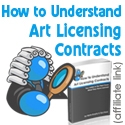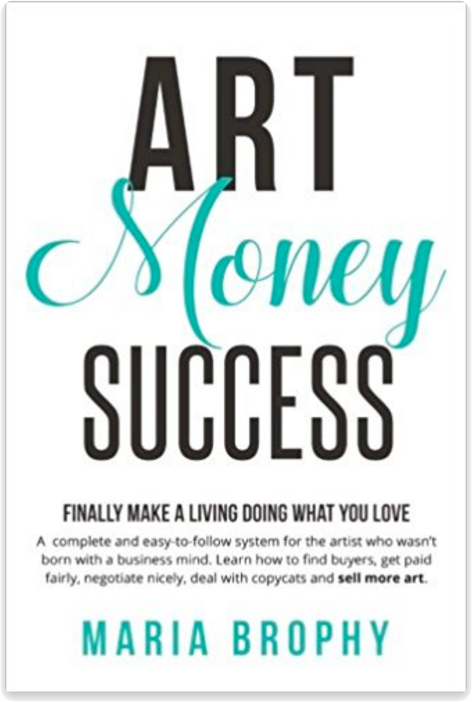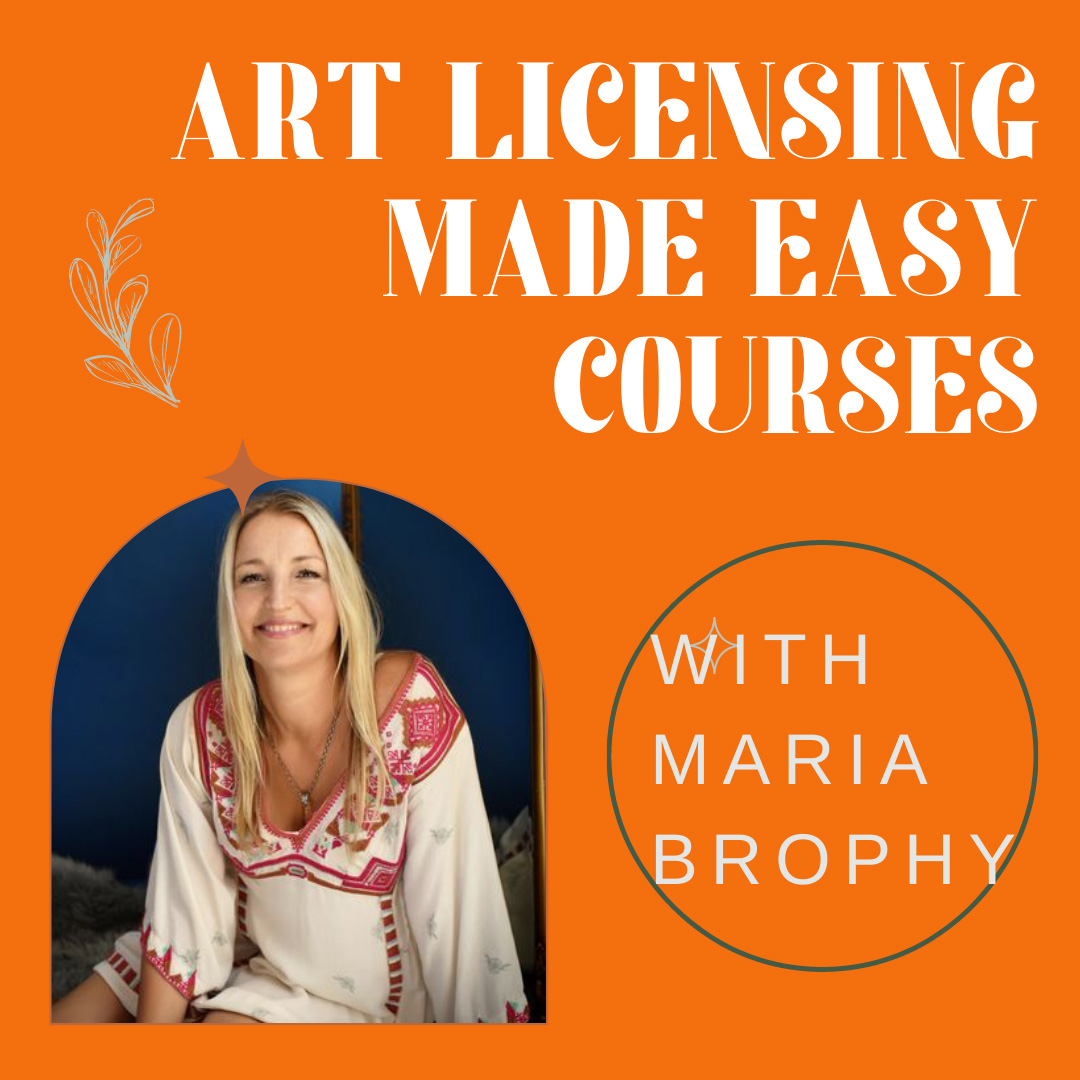
“Making money is art and working is art and good business is the best art.” Andy Warhol
LICENSING YOUR ART: WORKING SMARTER, NOT HARDER!
(Reprinted from www.drewbrophy.com)
Do you want to see your artwork out in the world, maybe on clothing or other useful items, but you aren’t quite ready to invest the million dollars it takes to start your own manufacturing company?
There’s an easier way to get your art out there in the world, but first, LET ME TELL YOU THE HARD WAY….
Drew Brophy always knew that his art looked great on clothing, and it’s a priority for him to make his art available to all people, even those who can’t afford originals.
In 2001 we developed our own line of clothing and art prints to sell to retailers. We did well in the beginning – we grew our sales exponentially every quarter – we hired employees, got a large warehouse and started working 60-80 hours a week to run this little business.
And the UNSPEAKABLE happened: Drew stopped painting. There were too manyother things a clothing company CEO needed to do. And the art suffered. And we were miserable!
Then, we discovered the beauty of licensing.
What is licensing? It is a great way to get your art onto a variety of products without actually having to manufacture, sell or warehouse those products. You simply grant limited rights to a manufacturer to put your art on their products, and they pay a royalty in return for those rights.
Our first official license contract was with Wham O for kids’ boogie boards. And thats when we had our epiphany – Why work harder when we could work smarter? We could contract with other companies who would do all that tedious manufacturing stuff , and we can do what we do best – create art!
We shut down our wholesale division, let go our employees, got rid of the warehouse, and focused entirely on licensing.
And that’s when we really began to enjoy what we were doing, as well as taking our mandatory 8 weeks of vacation a year.
So, how do you get into the world of Licensing? Manufacturers have to have a reason to believe that by placing your art on their products, they will sell more products. The trick is to build up your art as a brand, strong enough so you can attract quality manufacturers who already sell to large numbers of retailers.
What manufacturers can I license with? Just about anyone. We currently have over 30 manufacturers who produce products with Drew’s art. They include: cell phone screensavers, Sigg water bottles, Converse shoes, apparel, skateboards, surfboards, boogie boards, guitars, laptop skins, Indo-board, Nirve bikes, etc.
How much money can I make? Wyland did $100 million in licensing in 2007. We didn’t come close, but it’s our goal to hit that number in a few years. How much you make depends on how strong your art/brand is, and how many high-volume deals you get. Some of our licensees pay us $20,000 a quarter, some pay us only $300 a quarter, and the rest are all over the board. The key to high revenues is licensing your art to companies that sell large quantities to a large number of retailers.
What do I need to do to get started? Licensing can be complicated, and there are steps that must be taken to be successful at it.
1.) Create a strong body of work with many images, having a distinct style that’s recognizable as your own. Build on yourself as a brand. (More on this in other articles.)
2.) Make a plan as to how you want your licensing program to work, what types of companies you want to license with, where you want your art to be sold,where you don’t want it to be sold, etc.
3.) Educate yourself on how licensing works. Get familiar with the contractual language and the general way the deals are made. There are many online free resources (like this blog!)
4.) Always retain ownership to the copyrights of your artwork.
5.) GET PREPARED to Present: You’ll need a style guide, or a grouping, of 10-12 images of a similar theme, in order to approach a potential licensee. Don’t ever go to a potential licensee and show them just 2 or 3 images. It’s not enough and you’ll lose credibility.
6.) Attend Licensing International in Las Vegas, NV in June. Walk the show, see whats going on, and most importantly, attend the seminars there. There are licensing seminars there that are worth every penny you pay.
7.) Read, read, read, read: I know, no fun. But it’s necessary for you to understand how it all works. Below are books that I refer to constantly:
Licensing Art and Design: A Professional’s Guide to Licensing and Royalty Agreements by Caryn R. Leland – it’s a simple read with great information. The most valuable info I find is the average % of royalties for each different product. (Royalties range from 3% to 20%, depending on the product and other factors. Posters tend to get 15%, where t-shirts are only 6-8%.)
Graphic Artists Guild Handbook: Pricing & Ethical Guidelines (Graphic Artists Guild Handbook: Pricing & Ethical Guidelines)Every artist should own this book. It’s literally the bible for all things art, commercial and otherwise. It covers quite a bit on licensing.
8.) Take online classes on licensing.
9.) Locate the companies you want to license with, and sell them on the idea that your art will make them greater revenues should they license it from you.
10.) Don’t be afraid to make a mistake with your first few licenses. You’ll make mistakes, and you’ll learn from them.
Be notified when a new blog is posted on these topics: sign up for my newsletter here!
Feel free to ask questions or comment in the comment section below.
Maria xxoo
 PS: To gain a greater understanding of Art Licensing Contracts, what to charge, how to protect yourself in a deal and much more: Check out my e-Book, co-written with artist Tara Reed, called How to Understand Art Licensing Contracts.
PS: To gain a greater understanding of Art Licensing Contracts, what to charge, how to protect yourself in a deal and much more: Check out my e-Book, co-written with artist Tara Reed, called How to Understand Art Licensing Contracts.
s is the best art.” Andy Warhol














